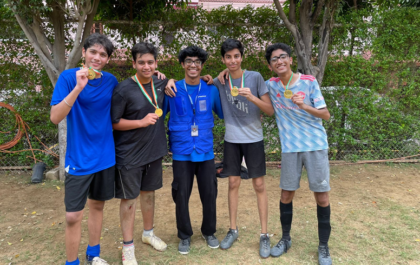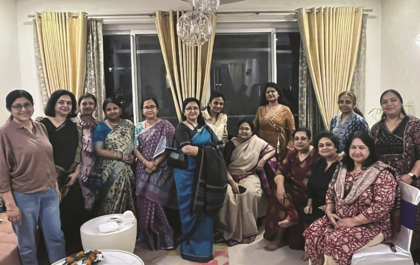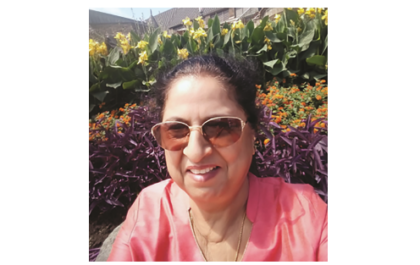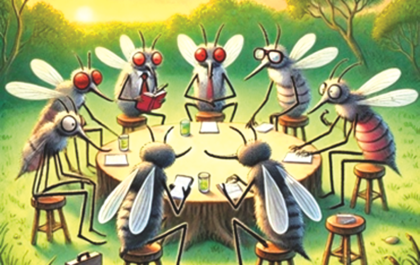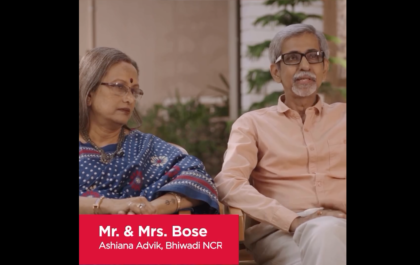Every morning, there is a cacophony of Parakeets around the tree tops of our beautiful trees. Most of these are common Roseringed Parakeets or Tota in Hindi.
If, however, you notice closely, some of these noisy birds have a colourful deep pink patch on their shoulder, like a bloodied wounded soldier. These are Alexandrine Parakeets or Hiraman Tota in Hindi, a popular cage bird. Fortunately, they roam free in our beautiful colony.
While Parakeets may seem to paint the tree canopies green, there are many other birds that are green and it’s great to spot them around our township. Brown-headed Barbet, Coppersmith Barbet, Green Bee-eater, Common Tailor bird, and Yellow-footed Green Pigeon are some of the other birds with primarily green plumage. Our national bird, Indian Peafowl, has abundant green mixed with blue, indigo and other shimmery colours to make it one of the most spectacular birds of our region.
But have you ever wondered how feathers get their colours? Or is it merely a reflection of light, creating a Drishyam? I am sure you have noticed, the iridescent pink/green/purple in the neck of a pigeon, as it turns its head.
The truth is that every bird colour is produced by the interaction of just two colouring systems – one structural and one chemical. Structural colour results from the scattering of reflected light, producing iridescence, while chemical colour relies on a palette of pigments. Most green feathers are the result of a blue structural colour overlaid with yellow cortical pigment. It is one of the most complex colours birds produce. The porphyrins, one of the less common groups of pigments, also produce green feathers.
In male peacock feathers, reflectors are spaced and shaped to reflect different wavelengths, producing an array of hues. The effect enhances some wavelengths and cancels out others. Iridescent birds are shiniest on bright days when the sunlight’s intensity is high.



Popular Stories
Football Tournament @Princeton
More Than a Festival: The Art and Power of Durga Puja
Personality of the Month- ‘Dr Usha Mediratta’
Stray Cattle Menace In Front of Galleria
The Chronicles of Malibu Towne: A Mosquito’s Tale
“Senior Living Is Not An Old Age Home” say Mr & Mrs Bose
Recent Stories from Nearby
- Araya Samaj Hauz Khas New Delhi December 27, 2024
- AGM At Adhya Jha December 27, 2024
- Petty Thefts on the Rise December 27, 2024
- Water Sprinklers in SDA December 27, 2024
- Town Hall Meeting With Parmila Tokas December 27, 2024

